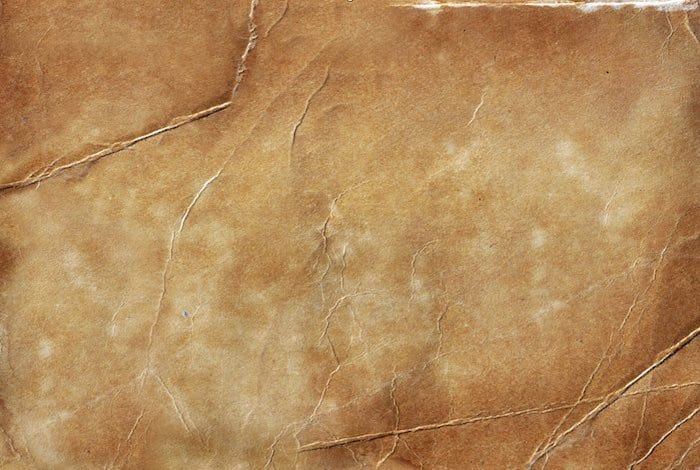Leonard Erskine Hill
Sir Leonard Erskine Hill (1866 – 1952) was an English physiologist.
He was a renowned medical researcher, with interests in the cerebral circulation, where he designed a pressure gauge screwed into a trephine hole in the skull of a dog to measure intracranial pressure; ultraviolet and infrared rays in therapy.
Involved in the sphygmomanometric measurement of the systolic blood pressure by palpation of the brachial artery and the dorsalis pedis or posterior tibial artery. Remembered for his description of Hill’s sign in 1909
Biography
- Born 2 June 1866, Tottenham, England
- 1885-89 – Awarded the conjoint medical qualifications M.R.C.S. and L.R.C.P. from University College London. Awarded the Bruce gold medal for surgery, and other awards for anatomy and physiology
- 1890 – Achieved M.B. degree from London University
- 1890-91 – Awarded the Sharpey Scholarship from University College London
- 1891 – Pursued research in Oxford as an assistant to Burdon-Sanderson’s department. Then returned to University College London as an assistant professor to Sir EA Schafer (Sharpey-Schafer)
- 1895 – Lecturer in physiology at the London Hospital
- 1900 – Elected a Fellow of the Royal Society, U.K.
- 1912 – Professor of physiology at London Hospital
- 1914 – Director of the applied physiology department at the National Institute of Medical Research
- 1930 – Made Knight Bachelor
- 1930 – Director of Research at the St John Clinic and Institute of Physical Medicine
- 1931 – Honourary L.L.D. from the University of Aberdeen
- Died 30 March 1952, Corton, Suffolk
Medical Eponyms
Hill’s sign (1909)
Increased systolic arterial pressure in lower (popliteal) compared to upper (brachial) limbs in cases of aortic insufficiency.
Hill’s initial investigations were prompted by his colleague Dr W Holtzmann of the London Hospital (and recognised as such in the byline of the published paper)
[Holtzmann] tried the pressure in 2 or 3 cases of aortic regurgitation, and told us that he found a noticeable difference between arm and leg reading in such.
Hill described his sign in 10 cases of aortic insufficiency (1909), and later confirmed the findings (1912) with an in depth explanation of the systolic popliteal-brachial gradient in aortic regurgitation.
A difference between arm and leg systolic readings is most marked in all cases of aortic regurgitation, and when such patients are lying quiet in bed this difference is a diagnostic sign of aortic regurgitation.
…we found that in all cases of aortic regurgitation there is this marked difference, which is not abolished by the method of oscillating the pressure up and down near the obliteration pressure. So marked is this difference that we believe we could pick out cases of aortic regurgitation by it alone
Hill 1909
Controversies
Sir Hill chose medical research which he stated was
…the path which saves the millions when found”, over medical practice which he described as “a two-horse chariot and a heavy butler, to be gained by honest practical work and a holy regard for respectable conventionality
Without taking his M.D. degree, it was not until 1931 that he was strictly given the ‘doctor’ title from the University of Aberdeen honorary L.L.D.
Hill suffered two bouts of tuberculosis infections in 1904 and 1916, which he overcame through time off and rest in the English countryside.
Major Publications
- Hill L. The physiology and pathology of the cerebral circulation. 1896
- Hill L. The measurement of systolic blood pressure in man. [With the co-operation of Dr Martin Flack and Dr W Holtzmann] Heart. 1909; 1: 73-82. [Hill’s sign]
- Hill L. Further advances in physiology. 1909
- Hill L, Rowlands RA. Systolic Blood Pressure. (1) In Change of Posture. (2) In Cases of Aortic Regurgitation. Heart, 1912; 3: 219-232 [Hill’s sign]
- Hill L. Caisson sickness, and the physiology of work in compressed air. 1912
- Flack M, Hill L. A textbook of physiology. 1919
References
- Douglas CD. Leonard Erskine Hill, 1866-1952. Biographical Memoirs of Fellows of the Royal Society. 1953; 8(22)
- Hill AB, Hill B. The Life of Sir Leonard Erskine Hill FRS (1866–1952). Proceedings of the Royal Society of Medicine, 1968; 61(3), 307–316
- Kutryk M, Fitchett D. Hill’s sign in aortic regurgitation: enhanced pressure wave transmission or artefact? Can J Cardiol. 1997 Mar;13(3):237-40.
- Zhang G. Eponyms in Aortic Regurgitation. LITFL 2019

eponym
the person behind the name
Doctor in Australia. Keen interest in internal medicine, medical education, and medical history.

